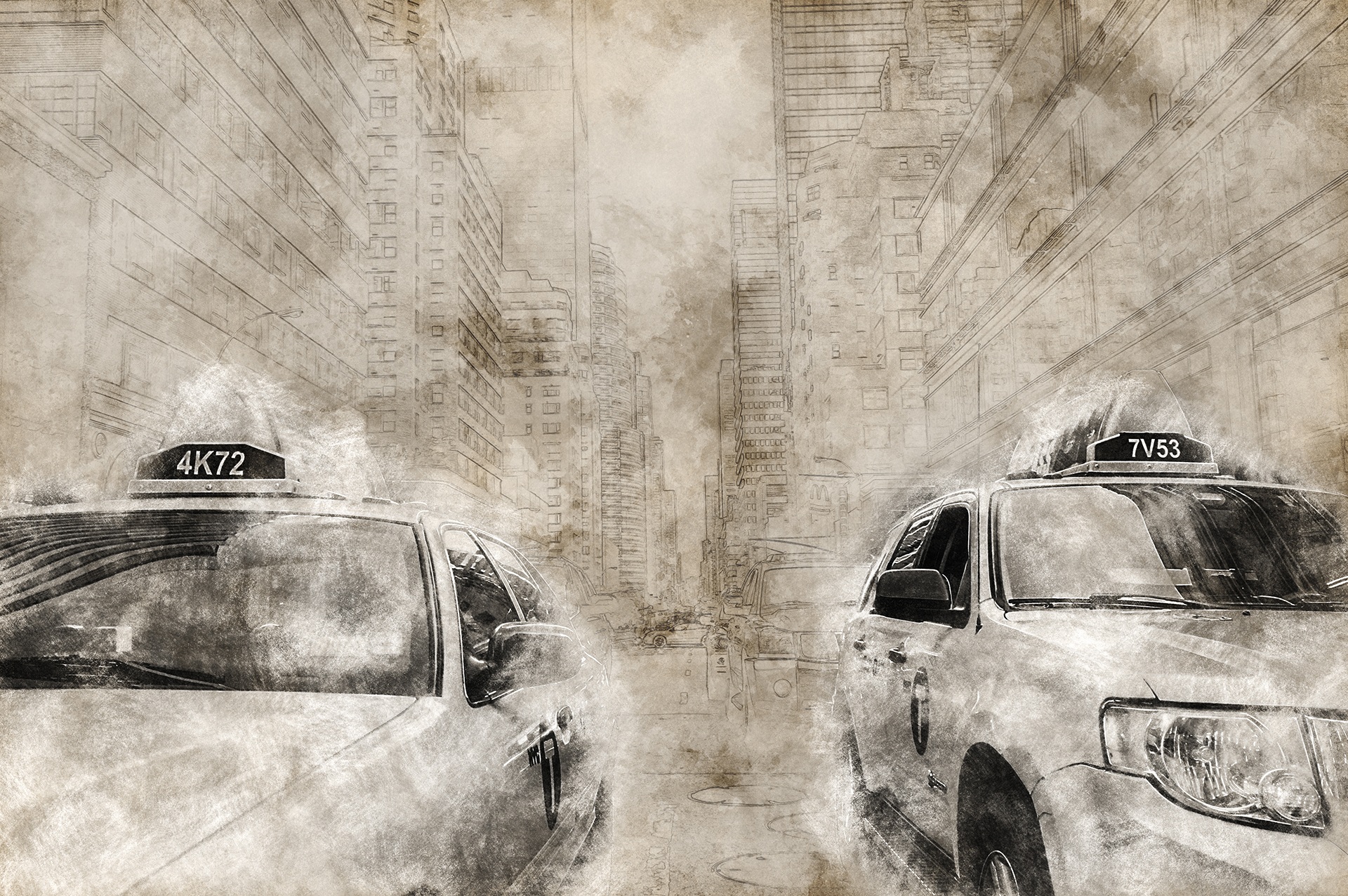In winter–spring 2017, T&W teaching artists Dave Johnson and Allison Moorer led a series of songwriting workshops for older adults at VISIONS: Services for the Blind and Visually Impaired. The following lessons introduce students to the fundamentals of songwriting. T&W thanks Aroha Philanthropies for its generous support of our partnership with VISIONS.
Level: Adults
Genre: Songwriting
Download: Songwriting at VISIONS
LESSON 1: THE BASICS OF SONG STRUCTURE
Lesson Objectives:
Students will:
- Introduce themselves to the group and state their goals for the workshop.
- Listen to a model song in order to explore song structure.
- Learn basic songwriting tips.
Guiding Question:
- What are the basic elements of song structure?
Introduction:
The teaching artist can begin by introducing him/herself by sharing his/her name and a bit about their background as an artist and/or educator. The writer then invites each participant to share their name, a bit about themselves, and what they would like to get out of the workshop.
Main Activity:
Take students through the handout, “Tips for Successful Songwriting,” a list of five suggestions to keep in mind when writing a song. Let students know that there are no rules for songwriting or making art, but the process of studying classic songs can be a way to gain greater familiarity with basic song structure.
Introduce each teaching point on the handout and allow for discussion:
- Create a melodic contrast between sections. Create a firm structure.
- Try to make the lyric point to the title or lyrical hook. Build a foundation around the hook.
- Be sincere – listeners can tell whether you mean it or not.
- Avoid vagueness and cliché with lyrics. Explore images that are personal and specific and add “delicious details” to draw the listener into the poetry of the song.
- Honor your melodic idea. Make it tight, catchy, and easy to remember/sing along to.
Next, play “Yesterday” by the Beatles and analyze the song as a group. Invite students to refer back to the teaching points as they reflect on the song. Invite students to identify why the song is catchy and memorable in its melodic structure and form. Point out structural notes such as no big leaps from note to note, a defined verse and chorus, and why the lyric is relatable.
Then collaborate with the group to write a song while continuing to reinforce and explore the concepts from the model song. Begin by exploring the participant’s own “yesterdays.” Ask if anyone would like to volunteer information about a memory that sticks out in their mind that they would like to write about. Ask for three or four stories and see if a common theme emerges or if there is a particular story to which the class responds. Then begin to build a song around what is chosen by brainstorming, always bringing the ideas back to the chosen theme to reinforce and demonstrate how the songwriting tips work or don’t work. Build verses, a chorus, and a melody.
Conclusion:
If a song is finished, play it as a class.
Materials used:
- Handout: “Tips for Successful Songwriting”
- Song: “Yesterday,” by The Beatles, because of the strong lyrical and melodic structure and familiarity.
- Recording device, microphone, flash drives. Record work created during the workshop and give flash drives to each participant to bring back with them for each workshop to update with new work.
LESSON 2: AABB SONG FORM
Lesson Objectives:
Students will:
- Review and revise the collaborative song that was written during lesson one.
- Learn AABB structure.
Guiding Question:
- How does AABB work in song structure?
Introduction:
Begin by reviewing what happened during lesson one. Ask participants to reflect on what they think they learned and ask them how they are feeling about the song they wrote. Listen to it or play it together, and then lead the group in a critical conversation about what they have created. Invite students to refer back to the ”Tips for Successful Songwriting” handout.
Main Activity:
Play “Skylark” by Hoagy Carmichael and Johnny Mercer, or choose another model song that demonstrates a strong AABB structure. Engage in a discussion about this structural choice.
Then, ask participants to write a verse using the AABB rhyme scheme. Ask volunteers to share their ideas aloud, and then write them down. Discuss how lyrics could be tightened, and make suggestions. Record the verses on the flash drives so participants can take them home for review and to work on them further for next week’s session.
Conclusion:
Invite participants to bring in more lyrics to add to their songs for the next class.
Materials used:
- Song: “Skylark,” by Hoagy Carmichael and Johnny Mercer. Discuss the form of the song and the lyrics.
- Recorder, microphone, flash drives.
LESSON 3: AAB or BLUES STRUCTURE
Lesson Objective:
Students will:
- Explore the elements of blues structure.
Guiding Question:
- What are the elements of a blues song?
Introduction:
Begin by playing the song “Love in Vain” by Robert Johnson.
Engage students in a conversation about the structure and the lyrics in the song. Explain that the 12-bar form used in the AAB song form is strongly associated with the blues. Almost all blues music is written in a 4/4 time signature; i.e. there are four beats in every measure or bar with each quarter note (crotchet) being equal to one beat.
The fundamental structure of 12-bar blues is three 4-bar lines or sub-sections. Often the first two and a half bars of each 4-bar section are vocal melody, while the last one and a half bars contain an instrumental melodic hook that gives a sense of completion for the line.
Ask students if they have ideas for themes they would like to explore in a blues structure, and give them time to work on their songs.
Conclusion:
Invite a student to share his/her song with the class.
Materials Used:
- Song: “Love in Vain,” by Robert Johnson.
- Recorder, microphone, flash drives.




